These mnemonics will make learning easier. Use them alongside your regular studies to retain information faster and better!
UPSC Exam > UPSC Notes > History for UPSC CSE > Mnemonics: The Sangam Age
Mnemonics: The Sangam Age | History for UPSC CSE PDF Download
| Table of contents |

|
| 1. Chola Administration |

|
| 2. Types of Village Assemblies |

|
| 3. Works in Sangam Literature |

|
| 4. Five Great Epics of Sangam Literature |

|
| 5. Major Tamil Kingdoms |

|
This document will help you remember important facts about the Sangam Age in a simple and fun way. Inside, you'll find easy memory tricks (mnemonics) to recall key rulers, literary works, achievements, and contributions of this period.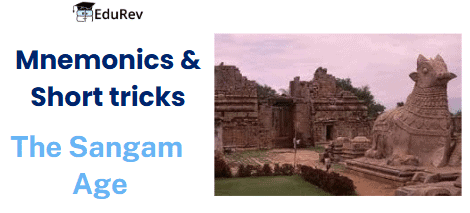
1. Chola Administration
Mnemonic: Vada Pao Tandoori Pakode Aaye, Chai ke Saath Mazaa Laye
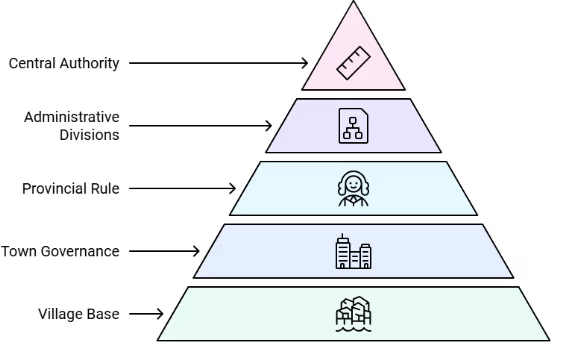
Mnemonic Explanation:
- Vada Pao: Villages
- Tandoori: Town Governance
- Pakode: Provincial Rule
- Aaye,: Administrative Divisions
- Chai ke Saath Mazaa Laye: Central Authority
2. Types of Village Assemblies
Mnemonic: Use Simple Notes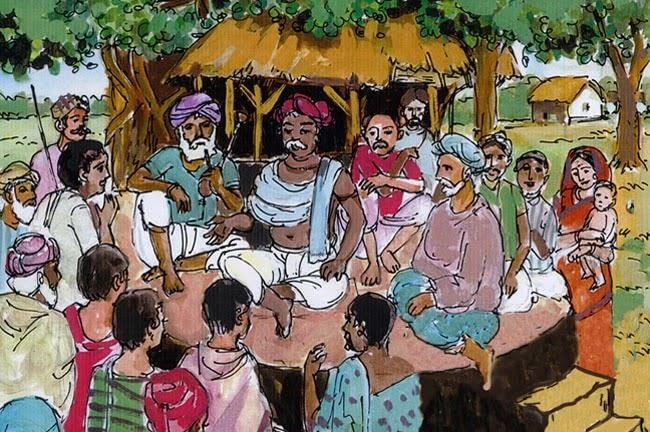
Mnemonic Explanation:
- Use: Ur
- Simple: Sabha
- Notes: Nagaram
3. Works in Sangam Literature
Mnemonic: Tommy Enjoy Playing Piano So Much!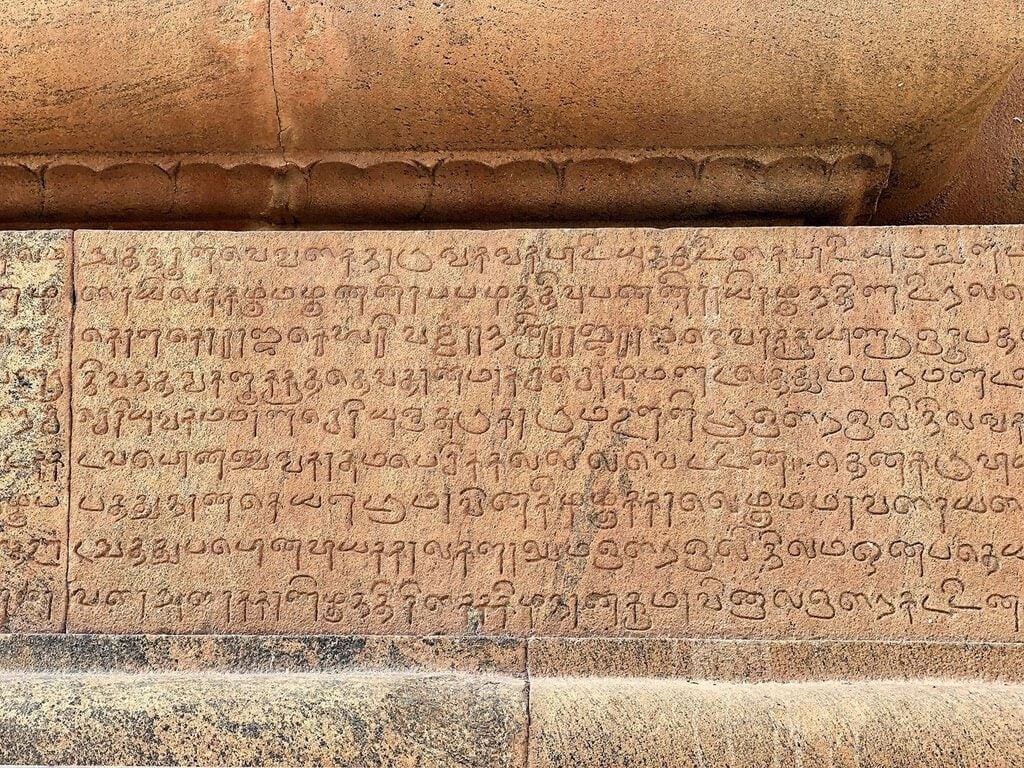
Mnemonic Explanation:
- Tommy: Tolkappiyam
- Enjoy: Ettutogai
- Playing: Pattuppattu
- Piano: Pathinenkilkanakku
- So: Silappathigaram
- Much: Manimegalai
4. Five Great Epics of Sangam Literature
Mnemonic: Smart Minds Just Value Knowledge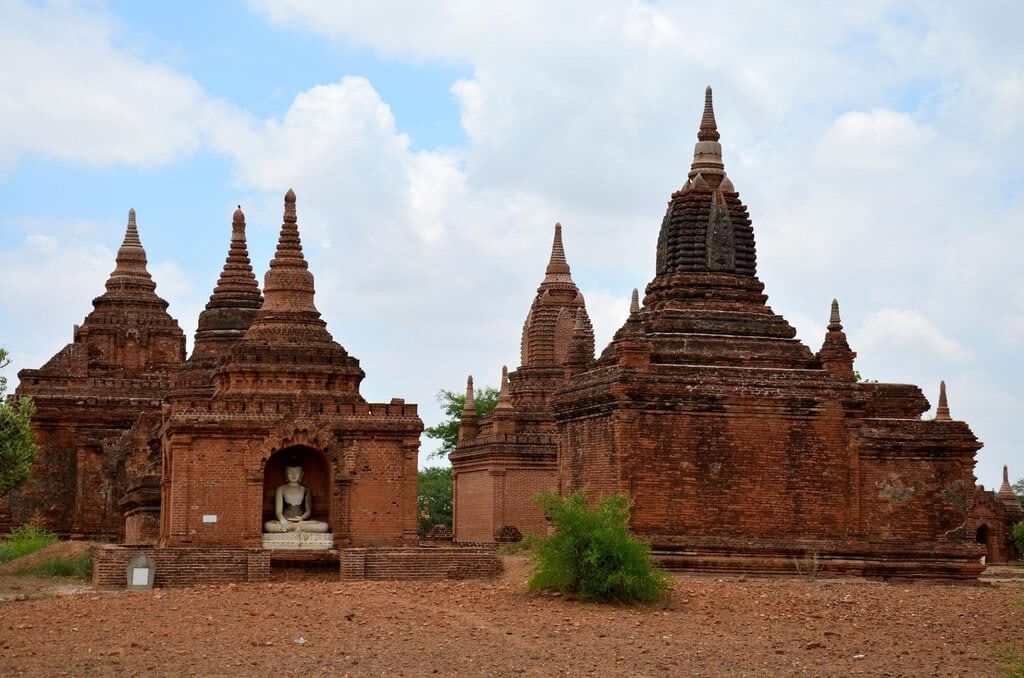
Mnemonic Explanation:
- Smart: Silappadikaram
- Minds: Manimekhlai
- Just: Jivaka Chintamani
- Value: Valayapathi
- Knowledge: Kundalakesi
5. Major Tamil Kingdoms
Mnemonic: CCP
- C: Chola
- C: Cheras
- P: Pandyas
The document Mnemonics: The Sangam Age | History for UPSC CSE is a part of the UPSC Course History for UPSC CSE.
All you need of UPSC at this link: UPSC
|
110 videos|653 docs|168 tests
|
FAQs on Mnemonics: The Sangam Age - History for UPSC CSE
| 1. What were the main features of Chola administration? |  |
Ans. The Chola administration was characterized by a well-organized and efficient system that included a central government and local self-governments. The king held supreme power, supported by a council of ministers. Key features included a clear hierarchy of officials, extensive bureaucracy, revenue collection systems, and a focus on irrigation and agriculture. The Cholas also empowered local assemblies, known as 'sabhas' and 'ur', to manage village affairs, ensuring local participation in governance.
| 2. What are the different types of village assemblies in the Chola period? |  |
Ans. During the Chola period, two primary types of village assemblies were prominent: the 'Sabha' and the 'Ur'. The 'Sabha' was an assembly of land-owning individuals, primarily responsible for managing temple activities and associated lands. The 'Ur', on the other hand, was a broader assembly consisting of all villagers, involved in local governance and administration. These assemblies played a crucial role in decentralized governance, allowing villagers to participate actively in decision-making.
| 3. What are some notable works in Sangam literature? |  |
Ans. Sangam literature includes a rich collection of poems and texts that reflect the life, culture, and values of ancient Tamil society. Notable works include the 'Ettuthokai' (Eight Anthologies) and 'Pattupattu' (Ten Idylls), which feature contributions from various poets. These works cover themes such as love, valor, and the beauty of nature, while also providing insights into the socio-political aspects of the time.
| 4. What are the Five Great Epics of Sangam Literature? |  |
Ans. The Five Great Epics of Sangam Literature, known as 'Aimperumkappiyam', include 'Silappathikaram' (The Tale of an Anklet), 'Manimekalai' (The Tale of Manimekalai), 'Valayapathi' (The Tale of Valayapathi), 'Jivaka Chintamani' (The Gem of Jivaka), and 'Kurinji Malai' (The Story of Kurinji). Each epic explores different themes ranging from love and morality to the philosophical and spiritual journey of characters, showcasing the depth and diversity of Tamil storytelling.
| 5. How did the Sangam Age influence Tamil culture and society? |  |
Ans. The Sangam Age significantly influenced Tamil culture and society through its rich literary output, which provided a foundation for Tamil language and literature. The period fostered a sense of identity among the Tamil people, emphasizing their unique traditions, values, and social structures. The poetry and epics of this era not only celebrated love and heroism but also addressed social issues, thus shaping the cultural ethos and contributing to the development of Tamil civilization.
Related Searches




















